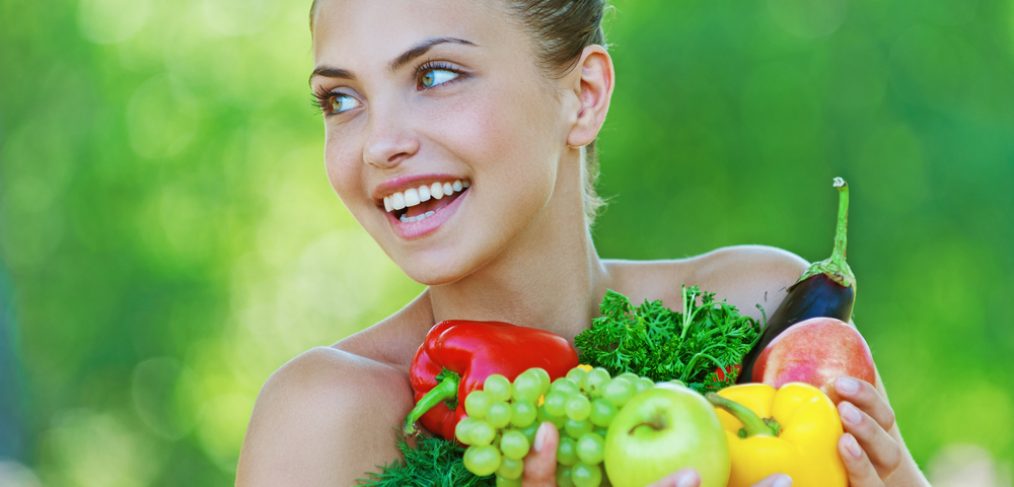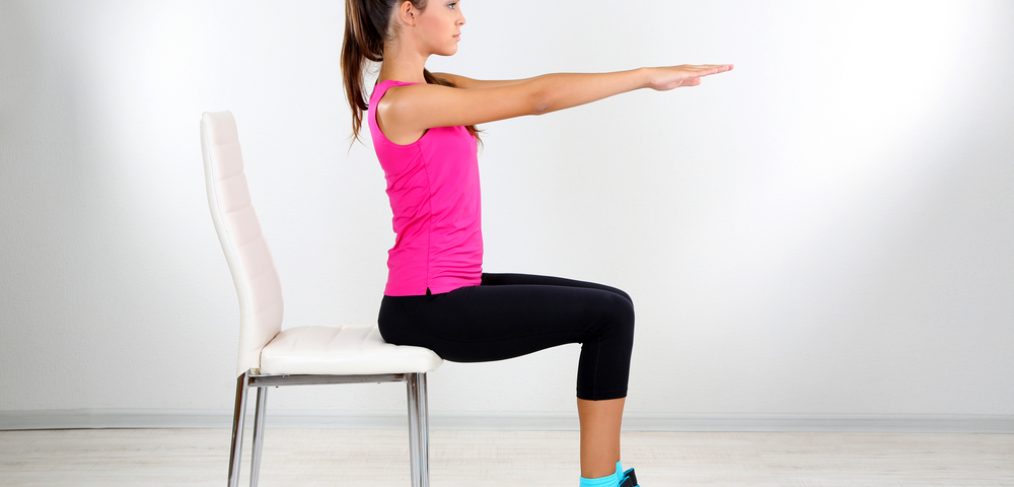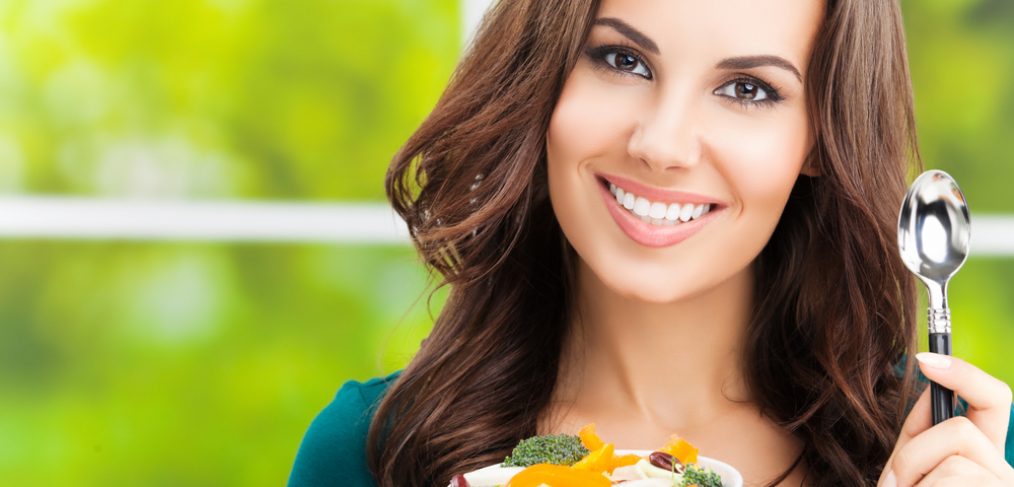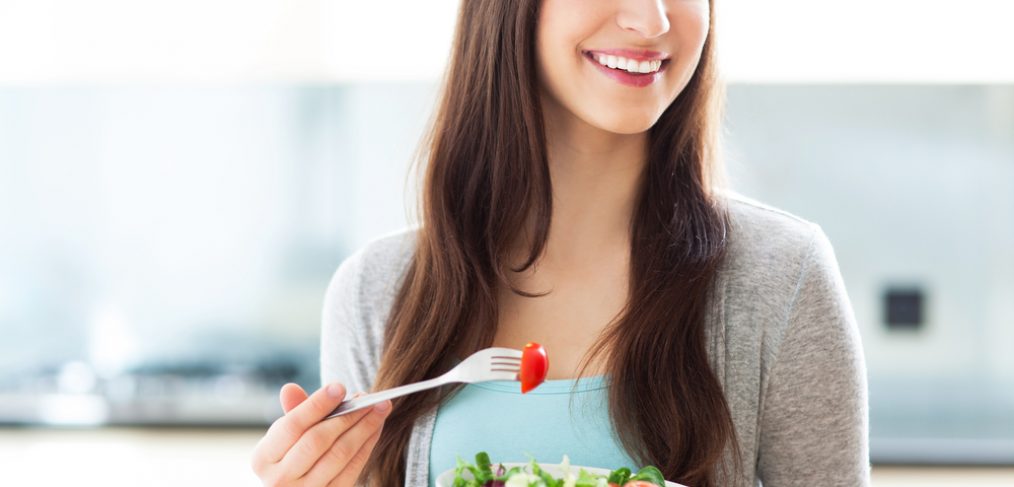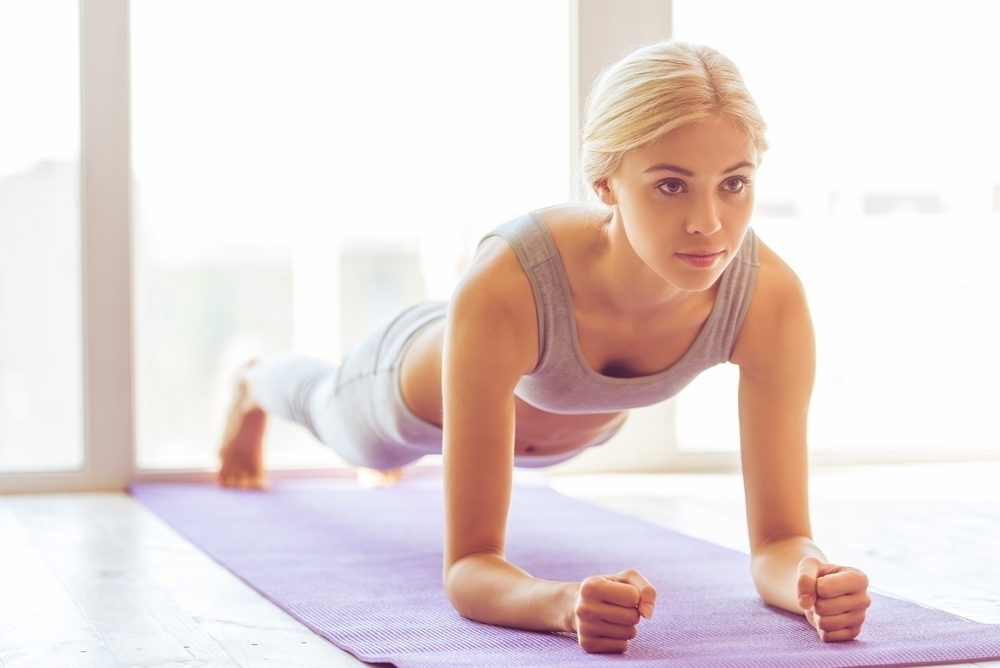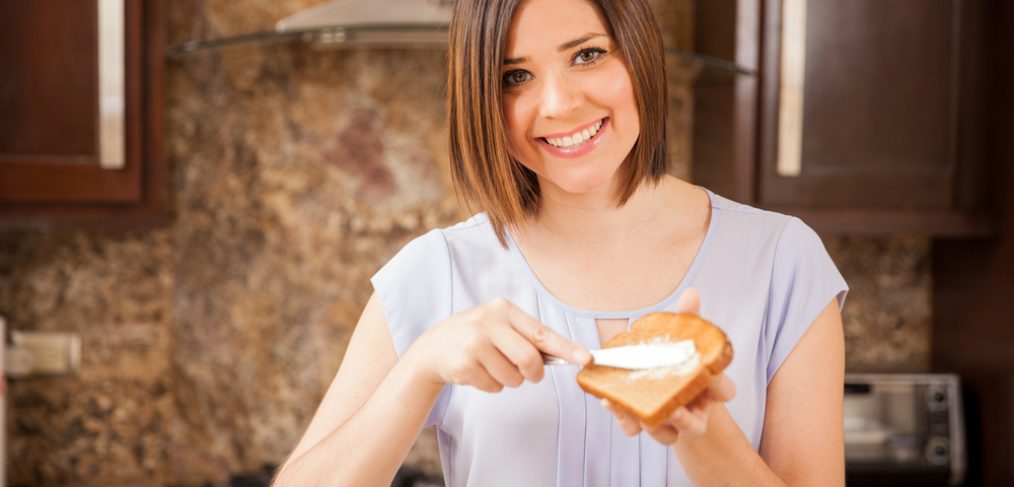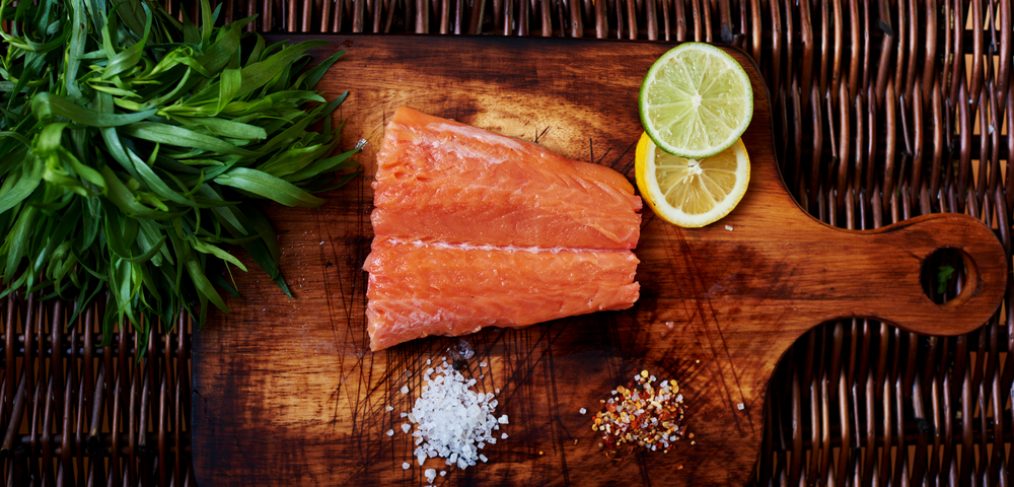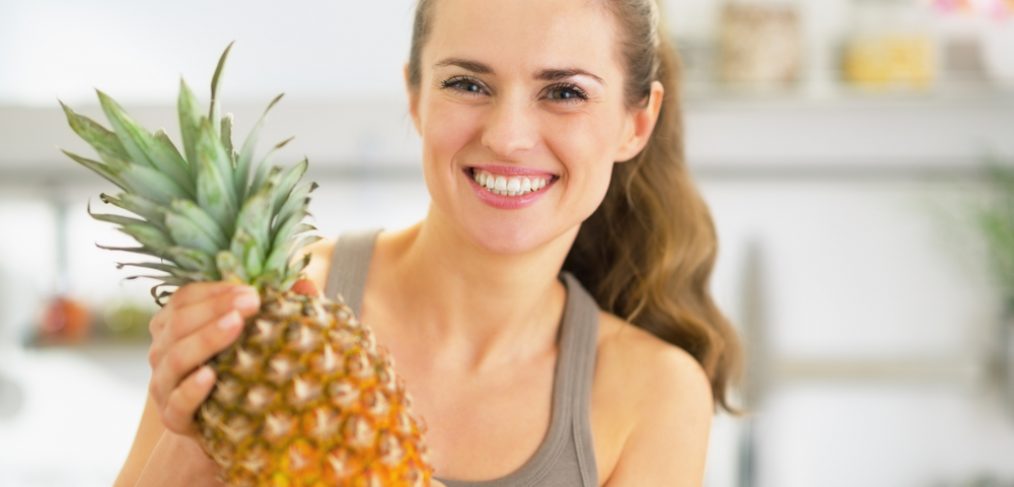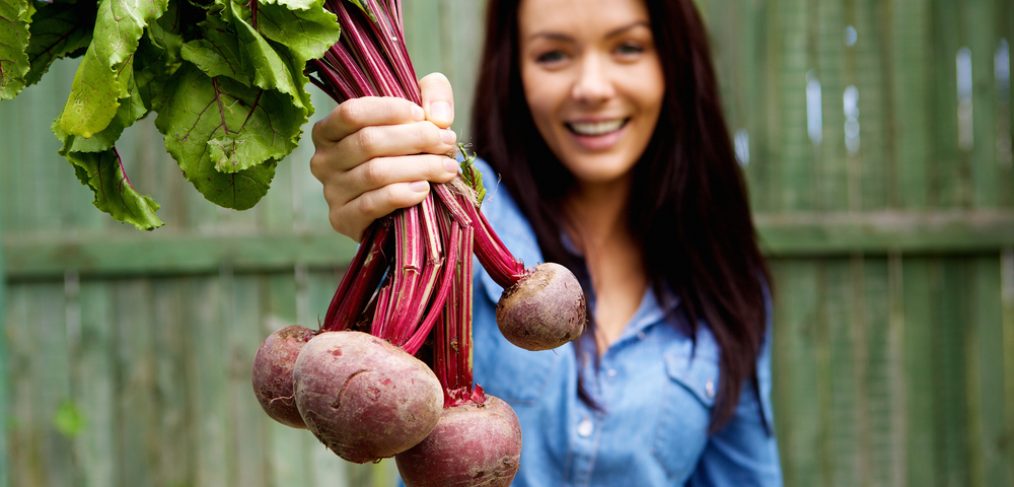If you are a fan of “The Big Bang Theory,” you may have seen the episode called “The Cruciferous Vegetable Amplification.” In this episode, Sheldon calculates his life expectancy only to find that he will not live long enough to witness the point at which man will be able to transfer his consciousness into machinery, or put simply, turn into robots. In an effort to prolong his life so he can witness the realization of this phenomena, Sheldon decides to adapt to healthier lifestyle habits, including the transformation of Thursday Pizza Night into Thursday Cruciferous Vegetable Night, beginning with Brussels Sprouts. If you have seen this episode, you will know that things don’t go well for Sheldon. Cruciferous Vegetable Night is made a thing of the past and everyone ends up at the Cheesecake Factory meeting Steve Wozniak.
Ok, so cruciferous veggies were not the way to go for Sheldon, but that is not to say that they are not without their benefits. Cruciferous vegetables are part of a healthy diet and are proven to be effective in cancer prevention because of their anti-inflammatory, antioxidant and detoxification properties.
Cruciferous Veggies
The cross-shaped four petal flowers on these veggies are what give them their name (crucifer-cross.) While broccoli is probably the most common of the crucifers, others include the heads: Brussels sprouts, cabbage, rapini (green), turnips and cauliflower (white) and the headless: dark leafy greens like kale. Cruciferous vegetables contain carotenoids and dietary fiber which have been found to lower the risk of several cancers.
Glucosinolates
These compounds, found in cruciferous vegetables have been shown to decrease inflammation, a known cancer risk factor. They can also block the enzymes that stimulate carcinogens and activate enzymes that inhibit them. According to some studies, glucosinolates can also slow cancer growth by beginning a process called apoptosis, or self-destruction of cancer cells.
Carotenoids
Carotenoids act as antioxidants in cruciferous vegetables. Beta-carotene, specifically helps to control the abnormal growth of cells, keeping you healthy and glowing.
Vitamin C
Vitamin C also acts as an antioxidant, supports the immune system and has great skin benefits as well.
Kampferol, Quercetic and Anthocyanins
With their antioxidant and inflammatory effects, kampferol, quercetin and anthocyanins have all been shown to be crucial in the slowing of cancer development and boosting overall health.
Folate
Folate aids in the maintenance of healthy DNA and inhibits genes known to promote certain cancers.
Detoxification and Digestive Support
Exposure to toxins is a risk factor for many diseases, including cancer. Support of detoxification activity by cruciferous vegetables may be higher any other foods. The high fiber content found in these vegetables can also help protect the stomach lining by preventing the growth of bacteria and supporting the digestive system.
Cardiovascular Health
Decreased risk of strokes and heart attacks may be linked to the anti- inflammatory compounds in cruciferous vegetables. The folate and B-complex vitamins found in cruciferous veggies can lower the risk cardiovascular disease and may also prevent or reverse damage to blood vessels caused by blood sugar problems.
Ok, so maybe it was too much too soon for Sheldon. After all, replacing pizza with Brussels sprouts can be a pretty daunting task for anyone. But maybe you could try and work them into your diet 2 to 3 times a week, and let us know how that goes for you. We want to hear all about it!



